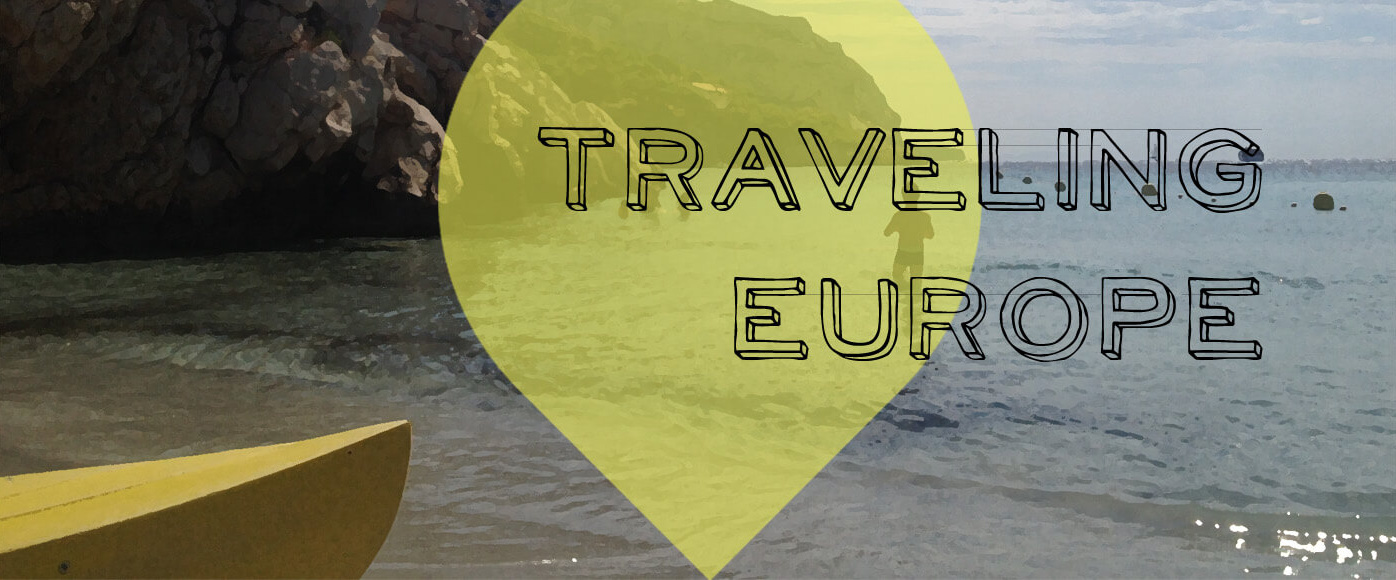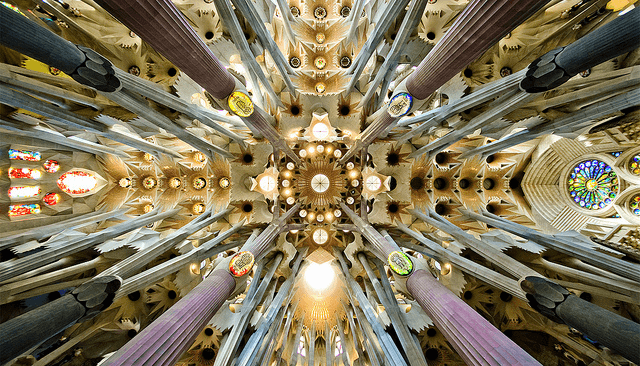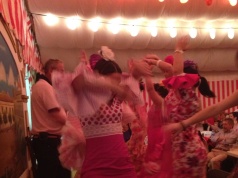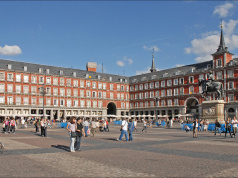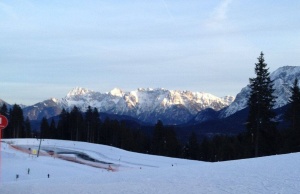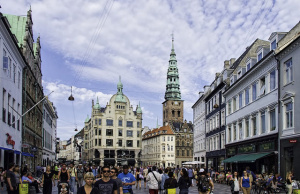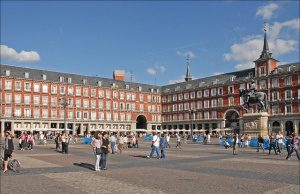Once referred to as “one of the strangest-looking serious buildings in the world”, the Sagrada Familia (Sacred Family) located in the Catalan region of Spain in Barcelona is a true tribute to its architect Antoni Gaudí.
You could easily get lost in the ancient beauty of the Cathedral in Sevilla or totally dumbfounded at the history and tolerance illustrated in the Mosque/Cathedral of Córdoba, but of all that I’ve been too, nothing was quite as unique as the Sagrada Familia in terms of its architecture and design.
Construction began in 1882, with Gaudí joining in 1883. He soon proposed to move away from the original Neo-gothic design for something that was more innovative and impressive, combining with a new Art-Nouveau style. Gaudí worked endlessly on the church, making it is sole focus from 1914 on. During his lifetime, he finished the crypt, where he is buried today, and the foundations for the Nativity façade began.
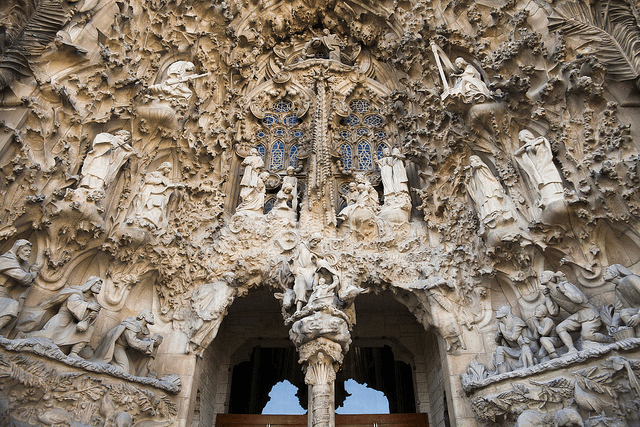
In 1909, he built the Sagrada Familia provisional school buildings for children of the workers and local children. In 1911 he designed the Passion façade.
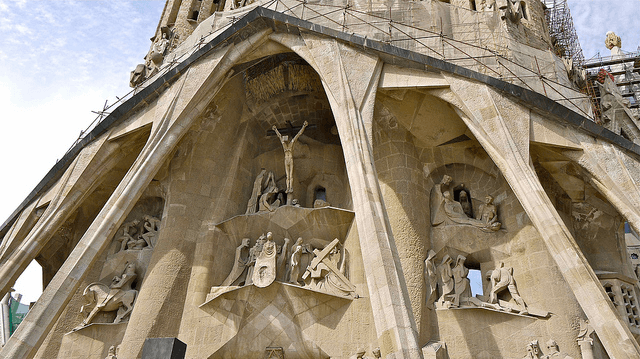
Gaudí was so dedicated to this project that he even lived in his studio workshop, located in the church, during the last parts of his life. He produced the designed for the naves and the roof in 1923 and the first bell tower on the Nativity façade was finished on November 30, 1925. This would be the only tower that Gaudí saw completed as he tragically died in an accident on June 10, 1926.
After Gaudí’s death, collaborators and fellow architects have used his designs to continue with the design and construction of the Sagrada Familia. Progress is quite slow, however, because the foundation relies solely on private donations and recently the ticket entrance price of visitors to enter. It is expected to be completed by 2026, on the centennial anniversary of Gaudí’s death, though that is not yet for certain.
Though I have visited the Sagrada Familia a few times, both inside and out, and am always impressed, inspired and just simply awestruck each time. The ornateness of the design, the fluent mix of modern and tradition that Gaudí and fellow architects managed to capture so seamlessly and simply the stunning beauty of the inside when the sun shines through the bright stained glass windows is like no where I’ve ever been before.
Like with most of Gaudí’s work showcased in Barcelona, his use of color is unmatched. Gaudí felt that “color is the expression of life”, and it is truly reflected in the Sagrada Familia.
It almost sounds a bit silly to say, “this is a highlight of the Sagrada Familia” because simply, it is all a highlight. But here goes…
The interior of the church has a vault-and-pillar system, which created a tree-like column structure. Gaudí felt a distinct connection with nature in religion. There are also the five naves, with the central being the tallest. Lastly, the apse is must-see, which is where the altar stands. Gaudí designed the interior so that a visitor standing in the main entrance could see the vaults of the nave, crossing and apse.
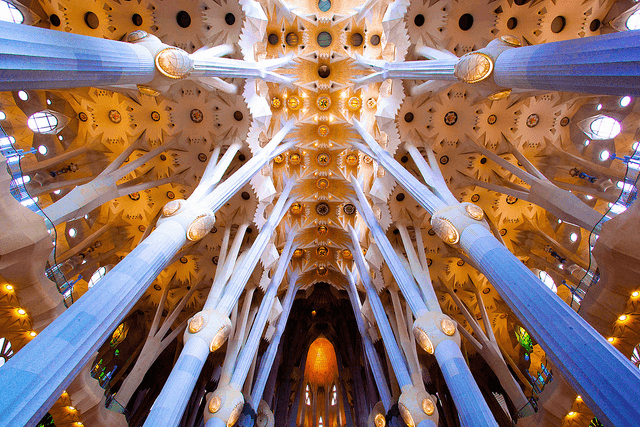
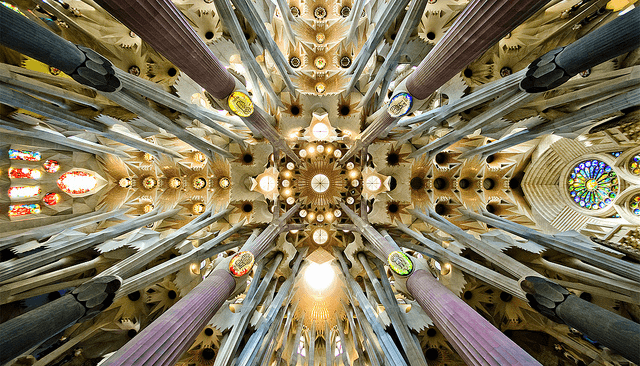
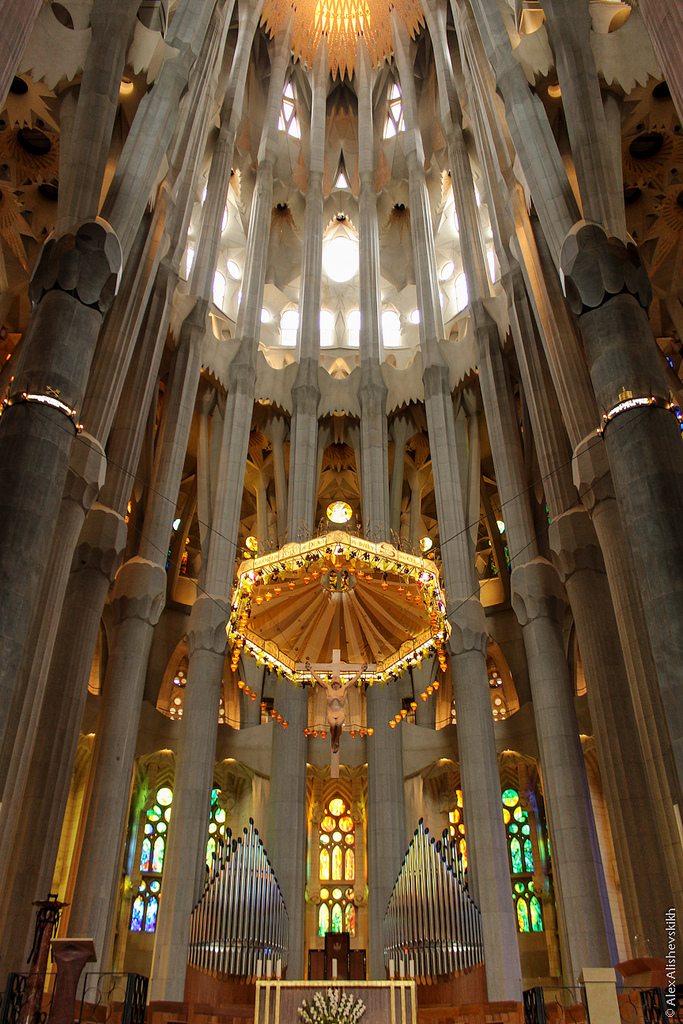
From the outside, there are three grand facades, which means you don’t want to miss walking around the entire church! They are the Nativity façade to the east, the first completed, the Passion façade to the west and the Glory façade to the south, which is not yet completed. Spend some time just trying to take in all the stunning details of these– you’ll be there all day!
Lastly, the spires or towers of the Sagrada Familia are perhaps one its most distinctive features, and are both equally impressive from inside as from out.
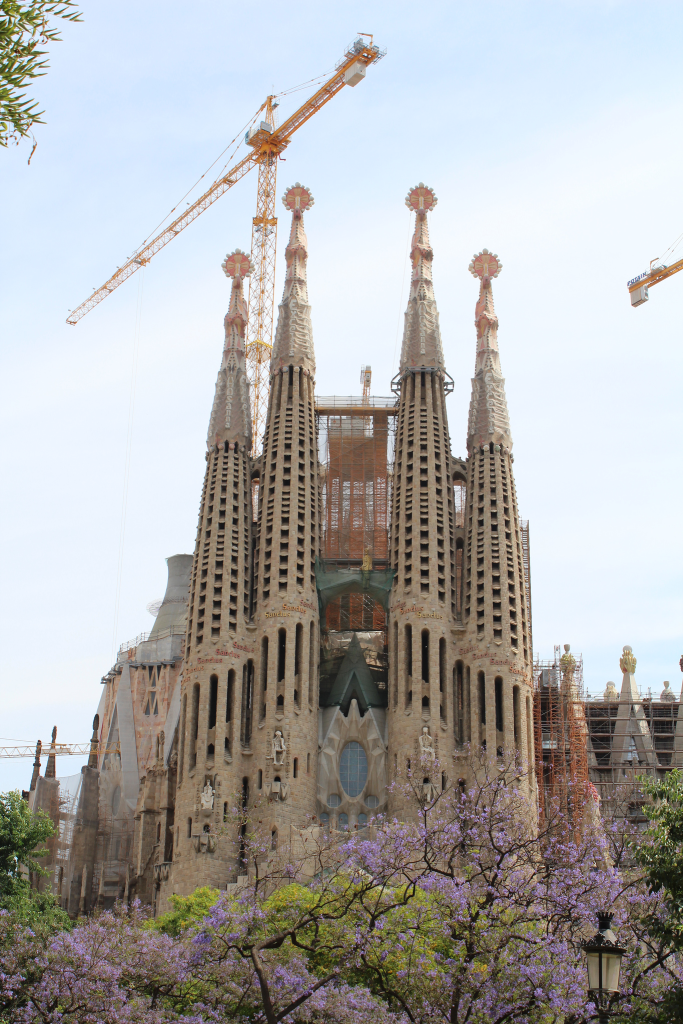
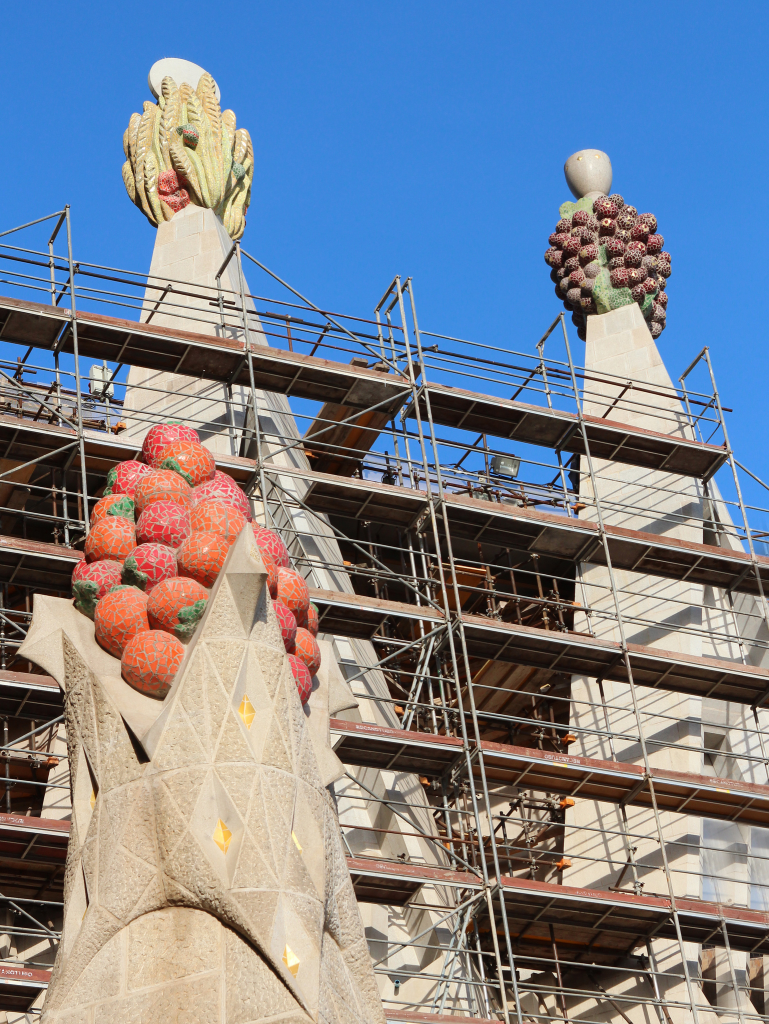
Though the church is absolutely huge (one of the largest in the world) there will most always be a line to enter. I would recommend buying your ticket ahead of time to beat the big lines. Also, make sure that you dress conservatively or bring a scarf to cover shoulders if necessary. For any further information on planning your visit, they have a great website with all the necessary information.
[Sagrada Familia], [Barcelona.de], [Wikipedia]
